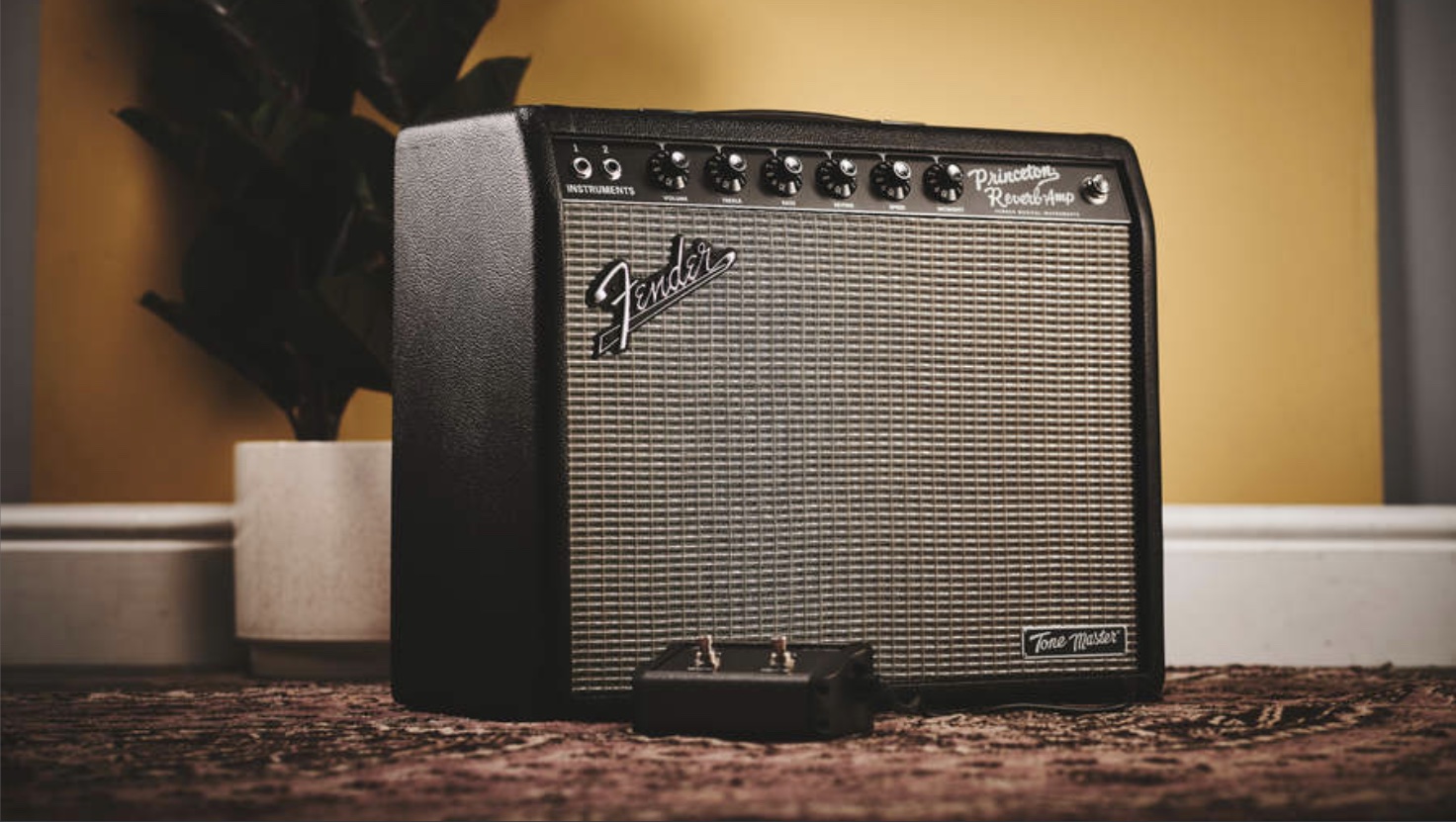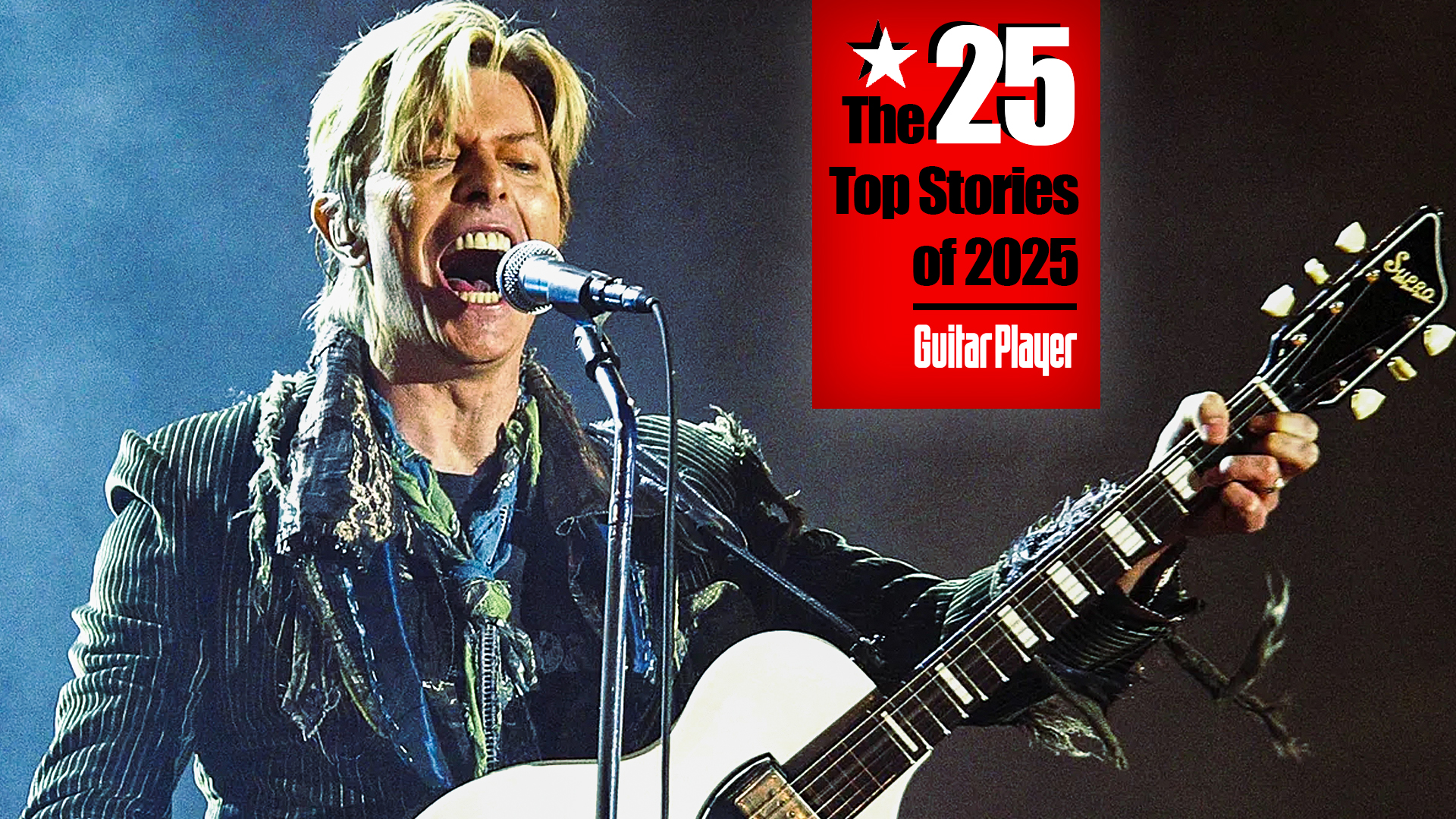GuitarPlayer Verdict
The Tone Master’s EQ is easy to dial in for different guitars, it breaks up in a non-harsh way when turned up to six and higher, and there’s enough true-to-form realism here to make the Tone Master Princeton a sweet deal, considering it costs $500 less than a standard Princeton Reverb
Pros
- +
+ Lightweight and toneful
- +
+ Handy power reduction feature
- +
+ XLR line out with cabinet simulation makes it easy to connect to recording gear or a PA
- +
to recording gear or a P.A.
Cons
- -
None
You can trust Guitar Player.
Fender’s Princeton amp began life in 1946 as a six-watt, 1x8 combo with a wooden cabinet. It subsequently evolved into more powerful and higher-gain forms through the tweed and brownface eras, before it became the iconic blackface model of 1965, which, with its cleaner sound and addition of spring reverb, made it an amplifier prized by session guitarists and working players alike.
So, the logical process of evolution means that the Tone Master Princeton Reverb now makes its debut as a digital version of the tube-powered classic, giving players a lighter-weight option in an amp that Fender produces in both versions.
The 12-watt, 1x10 combo on review here only gives its technology away by virtue of a “Tone Master” badge on the lower right corner of the solid-pine cabinet. Otherwise it looks pretty much identical, sporting a classic silver grille, black control panel, and grained black Tolex covering. There are knobs for volume, treble, bass, reverb, speed, and intensity, as well as a jeweled pilot light that glows orange when the amp is on mute and red when it’s ready to rock.
On the rear are the on and mute toggle switches; a rotary output-power switch with positions for .3, .75, 1.5, 3, 6, and 12 watts; a balanced XLR line out with level control and a cabinet sim switch that provides three different miked-cabinet options; plus a ground-lift switch to nuke hum when connecting to outboard gear.
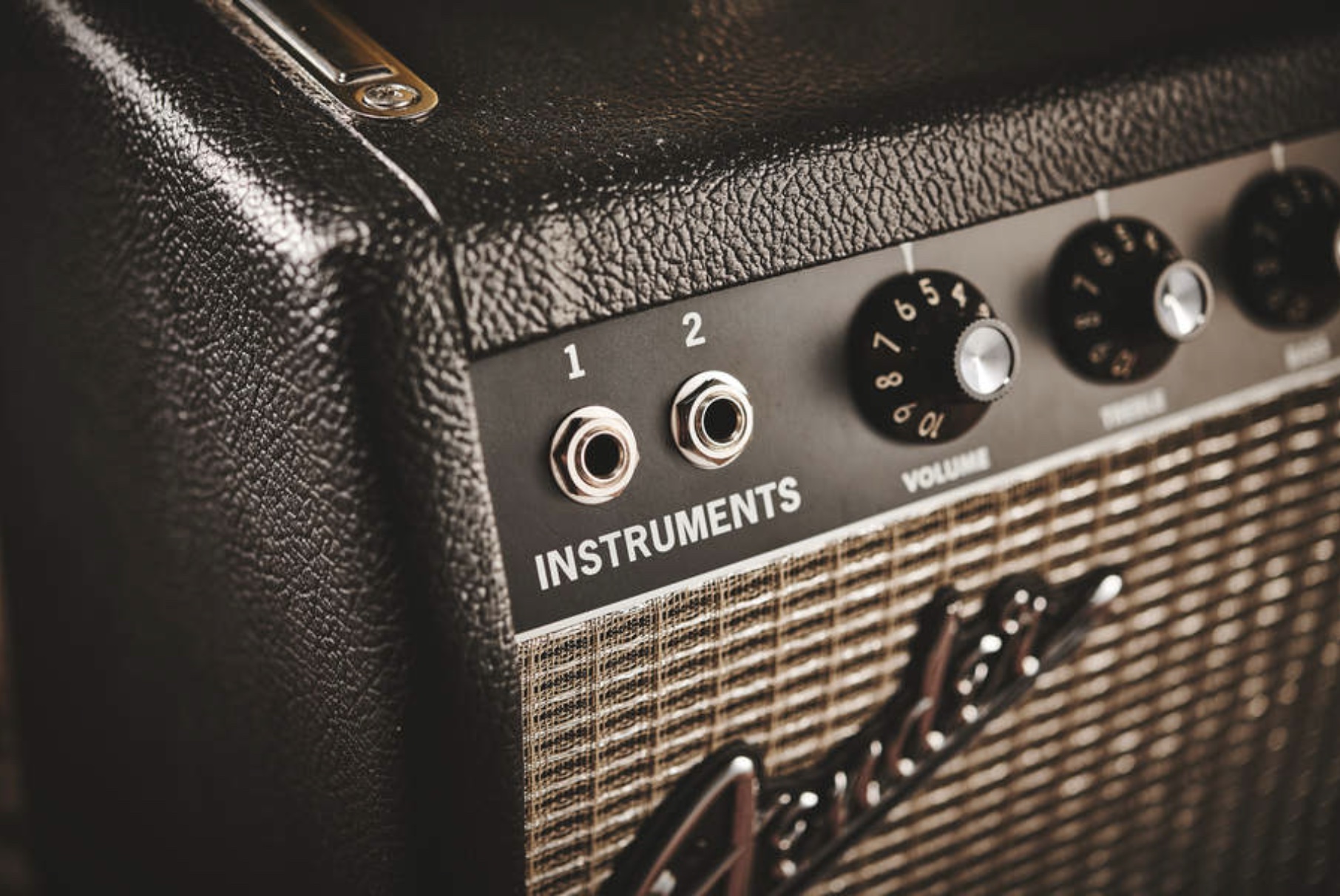
The Tone Master Princeton weighs less than 19 pounds, which is close to half the weight of a valve-powered version, and it’s more compact than a Deluxe Reverb, making it an ideal grab-and-go amp for a lot of situations.
Tested with guitars that included a Knaggs Severn Trem SSS, a PRS Dustie Waring signature, and a Gibson/Memphis ’61 ES-335, the little Fender proved to be a toneful amp that had no problem hanging with bass and drums.
It has an excellent clean sound, and the reverb is spacious, with a nice, smooth decay. The tremolo emulates the rounded volume-modulation of the classic “bias wiggle” circuit and can deliver the pulse over a wide range of speeds. Both effects can be turned on and off with the included foot switch.
All the latest guitar news, interviews, lessons, reviews, deals and more, direct to your inbox!
The amp performed well on gigs with the single-coil and humbucker guitars, and it sounded good with a Takamine TC-138 acoustic-electric. Sure, it’s arguable whether it has the dynamic qualities and playing feel of a tube-powered Princeton, but I liked how it sounded, and it quickly became my go-to during the course of this review when playing smaller rooms.
In outdoor spaces, it was very convenient to simply plug a mic cord into the rear-panel XLR, set the cab-sim switch to taste (I generally left it on the first setting) and enjoy how the amp’s balanced tones were available at any level needed through the P.A.
This also proved handy for keeping stage levels on the low side, because the Tone Master Princeton can get quite loud, even though it’s only 12 watts. This is obviously an area where Fender took pains to emulate the response of a tube output stage.
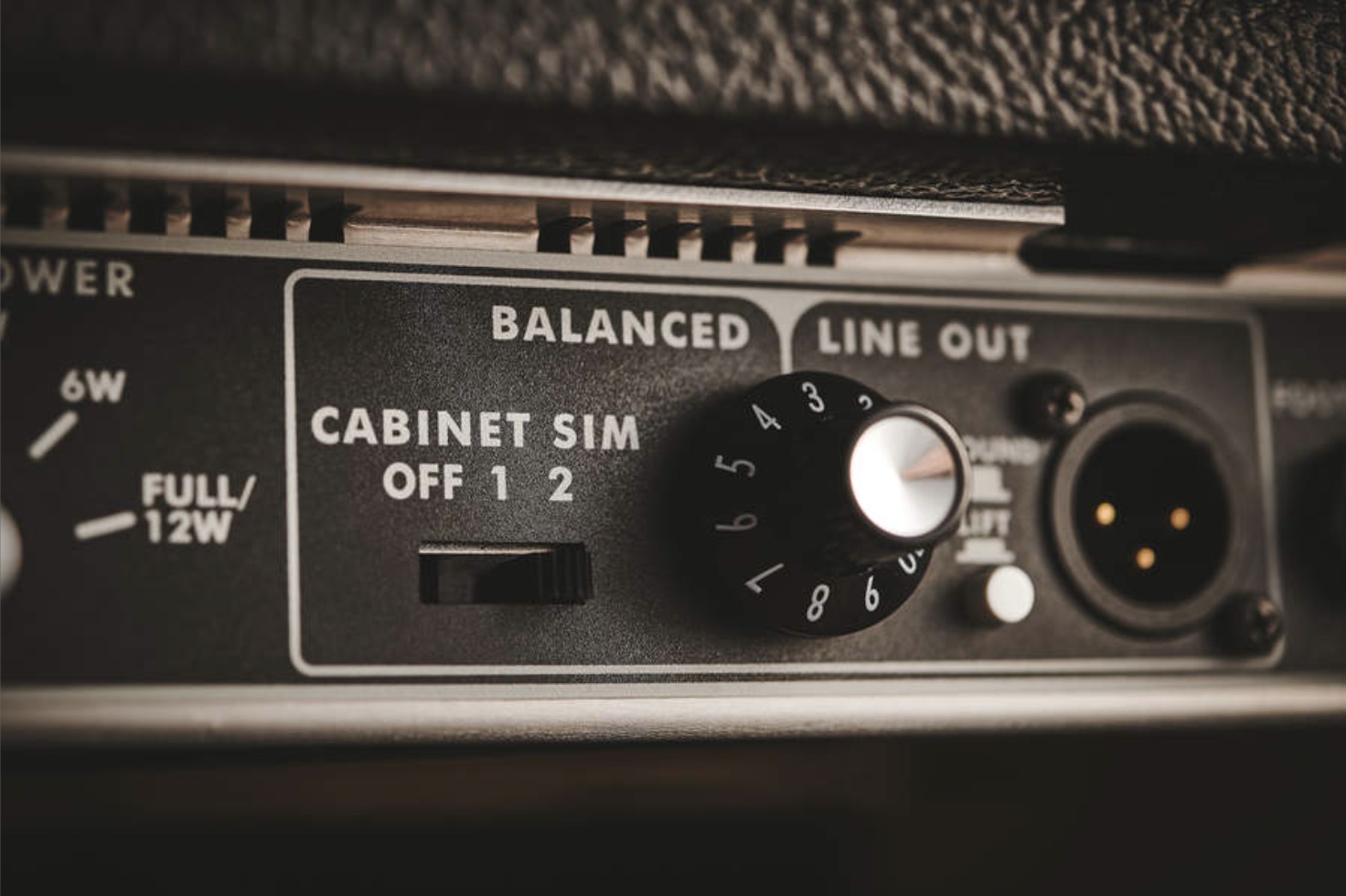
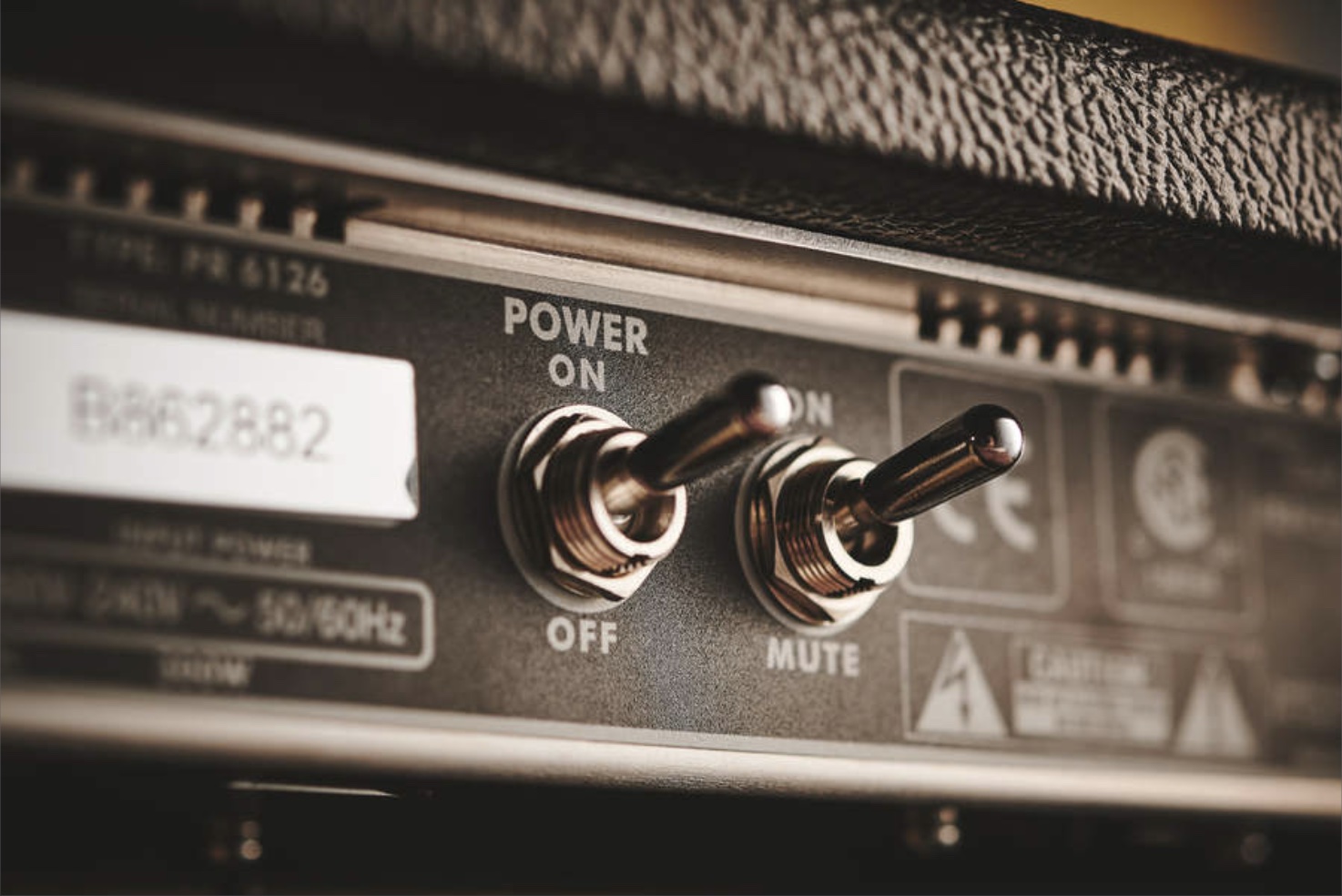
The Celestion C10R also stays clear and detailed at higher volumes, which is nice when pushing the amp to five or six in high-power mode. On the other side of the coin, an option for playing with less volume is using the power reduction switch to cut the wattage down to size, and the good thing is the sound stays consistently balanced when you throttle down the juice.
The fact that the Tone Master Princeton doesn’t use tubes proved to be a non-issue as I used the amp more and more. It sounds like a Princeton, and that’s really what counts, so I just enjoyed what the amp can do instead of getting sidetracked by how the valve version may have better dynamic feel, or is louder or whatever.
More importantly, the Tone Master’s EQ is easy to dial in for different guitars, it breaks up in a non-harsh way when turned up to six and higher, and there’s enough true-to-form realism here to make the Tone Master Princeton a sweet deal, considering it costs $500 less than a standard Princeton Reverb. All considered, it’s an amp worth auditioning if you’re in the market for a gig-worthy, low-watt combo that punches above its weight class.
Specifications
- Price: $899
- Channels: 1
- Controls: Volume, treble, bass reverb, speed and intensity
- Rear Panel: On/off and on/mute switches, six-position rotary wattage selector (.3, .75, 1.5, 3, 6 and 12 watts)
- Power: 12 watts
- Tubes: N/A
- Speaker: 10 inch Jensen C10R
- Extras: Solid-pine cabinet. USB port for firmware upgrades. Three-position cab-sim IR selector. Balanced XLR out with level control. Ground-lift switch. Cover and two-button foot-switch for reverb/tremolo on-off included
- Weight: 18.7 lbs (tested)
- Built: China

Art Thompson is Senior Editor of Guitar Player magazine. He has authored stories with numerous guitar greats including B.B. King, Prince and Scotty Moore and interviewed gear innovators such as Paul Reed Smith, Randall Smith and Gary Kramer. He also wrote the first book on vintage effects pedals, Stompbox. Art's busy performance schedule with three stylistically diverse groups provides ample opportunity to test-drive new guitars, amps and effects, many of which are featured in the pages of GP.
